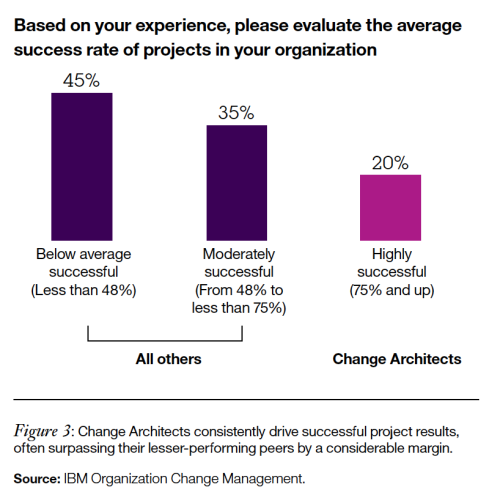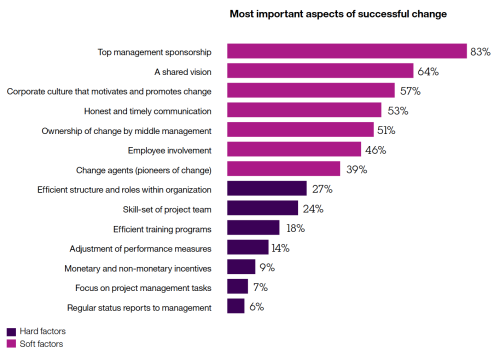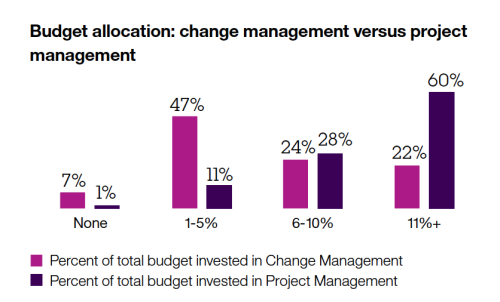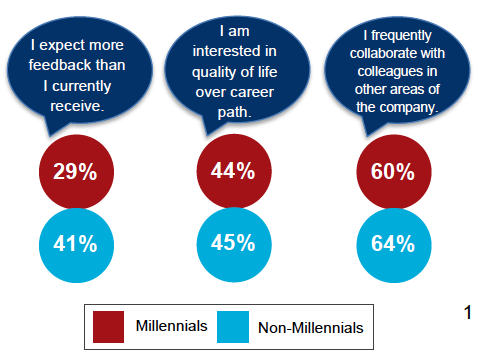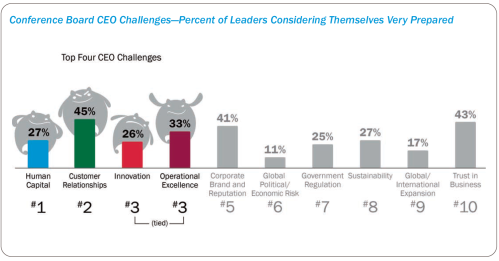Deloitte’s 4th annual Millennial Survey sends a message from more than 7,800 degreed and employed Millennials from 29 countries around the world to employers: “Business should focus on people and purpose, not just products and profits.” It’s easy for the Gen Xer and Baby Boomer business leaders to respond to this message with the corporate equivalent of “Get off my lawn!” But that would be short sighted, since the Millennials are now officially the largest age group in the economy and we need them. And we need them pretty desperately.
In this world of Big Data one can find a survey analysis to prove any position. Pretty much. And I am generally wary of survey analyses that play up differences between the generations in the workplace because my go-to research from the Great Place to Work® Institute shows that – in the workplace, at least – every person, regardless of generation, wants 3 things:
- Resepct – including appreciation and fairness
- Work that gives meaning to their lives and makes them proud
- Camaraderie with their workmates
These three dynamics in a culture power all kinds of good outcomes and they show little differentiation between age cohorts regardless of industry, geographic location or size of business.
So I take with a grain of salt the results of surveys like this and still recommend that you read them. They provide interesting insights that can add color to your own questions and planning. And the graphs show some interesting gaps in the perception of what Millennials believe “should be” in contrast to “what is.” These are useful insights.
“Today’s Millennials place less value on visible (19%), well-networked (17%), and technically-skilled (17%) leaders. Instead, they define true leaders as strategic thinkers (39%), inspirational (37%), personable (34%) and visionary (31%).”
That’s troublesome for celebrity CEOs but good news for the rest of us.
The last 15 pages of the report show graphs that depict Millennials’ takes on the purpose of business, business performance and employee satisfaction, leadership attributes, their skills, and the gender gap regarding leadership readiness and leadership aspirations. Interesting stuff.
But these data points also underscore the growing global focus on creating more human workplaces. The resounding success of the recent WorkHuman Conference produced by Globoforce, is another piece of this trend. My belief is that while all of us want a more human workplace: Millennials are just demanding it more than those of us who were socialized in a less human era. And they are voting with their careers.
The results of surveys like this one from Deloitte give us directional information to use when considering the challenges of growing our businesses, attracting the right talent, and developing and retaining the talent we need to succeed in our competitive marketplaces. And to make our workplace cultures more human.


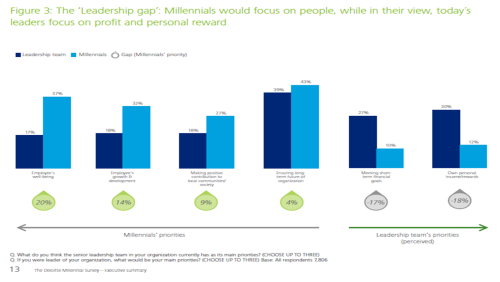


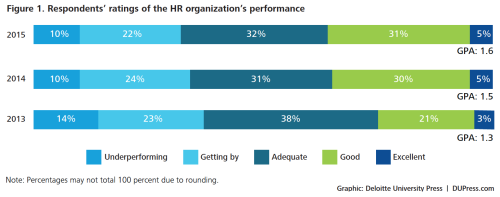
 The
The 



